In Focus: Billy Childish's poignant, tender depiction of his wife, completely idiosyncratic and entirely compelling
Billy Childish's art is both outstanding yet often misunderstood — something that an exhibition in Margate's Carl Freedman Gallery looks to rectify. Lilias Wigan paid a visit.
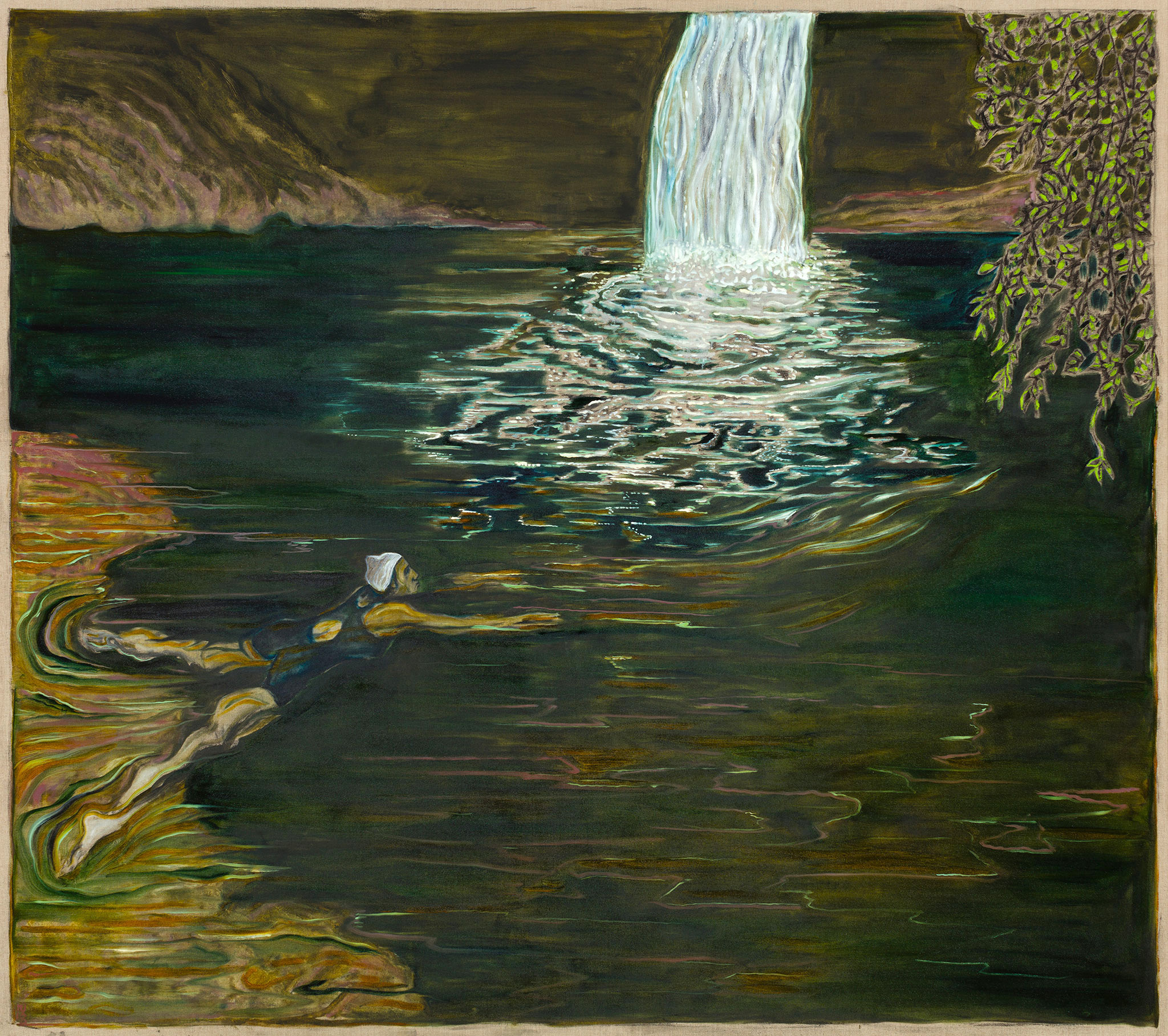
Painter, author, poet, photographer, film maker and Punk musician, English artist Billy Childish (b.1959) has been remarkably diverse in his creative output from a young age.
At 16, he left school and spent a short time working (his only formal employment) as an apprentice stonemason in Chatham Dockyard, where he made 600 drawings in just six months, earning him a place to study painting at St Martin’s School of Art, London. Refusing to conform, he was expelled after a year and a half, but not before he had befriended the artist Peter Doig, who co-curated his first London exhibition at the Cubit Street Gallery in 1993 and later described Childish as 'one of the most outstanding, and often misunderstood, figures on the British art scene'.
Carl Freedman Gallery, a prominent player in the revival of Margate’s art scene, is hosting a solo exhibition of Childish’s new work, entitled ‘man in the mouth of a cave’. Sixteen oil and charcoal on linen canvases spread across three galleries focus on the theme of landscapes and swimming, as well as a series of nudes. One of the most poignant and tender of the swimming series is swimmer and waterfall (2018).
The swimmer — modelled on the artist’s wife Julie Hamper, who features in many of the works here — glides out toward a base of ripples emanating from a radiant, ethereal waterfall. Her scissoring legs gracefully push the water as she reaches for her target. Outstretched arms seem to dissolve into the undulating surface of the pool.
The ground colour of the canvas, particularly that which forms the river’s depths, is stained more than painted, the thin application granting the water a slightly mystical presence. The churning ripples of paint at the forefront, where light catches the surface, exemplify a more Surrealist style of brushwork.
Straggles of lime foliage hang from a top corner — the only structuring feature of the foreground. The leaves place the swimmer in the context of her natural surroundings as well as implying the artist's station — he could be watching from a tree or a rock above, as if guarding the figure.
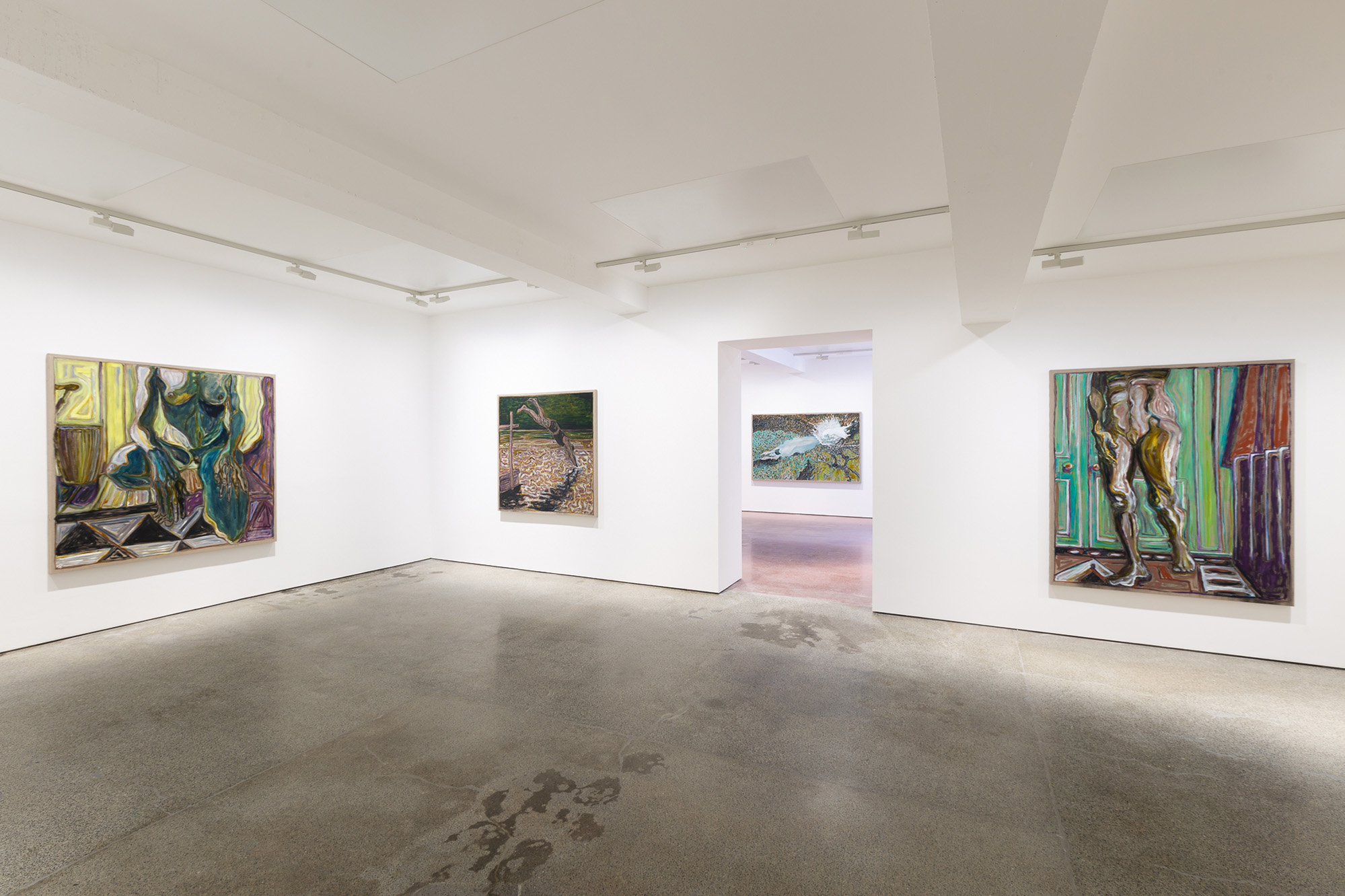
Frequently Surrealist in style, Childish’s work is full of recognisable artistic references. Often, it calls to mind the pictures of Edvard Munch, whose later, ‘less symbolic work’ he admired.
Sign up for the Country Life Newsletter
Exquisite houses, the beauty of Nature, and how to get the most from your life, straight to your inbox.
Childish’s use of grain-yellow pigment and his whirling patterns also recall Van Gogh. His mother read him Lust for Life, a classic biography of Van Gogh, from the age of 10. It became one of his favourite books and he cites its ideas about being an artist as particularly influential.
By drawing upon artistic lineage so freely, Childish has been able to develop his own informed visual style, remaining completely idiosyncratic and entirely compelling.
Billy Childish's ‘man in the mouth of a cave’ exhibition is at the Carl Freedman Gallery, Margate, until 25th August — carlfreedman.com
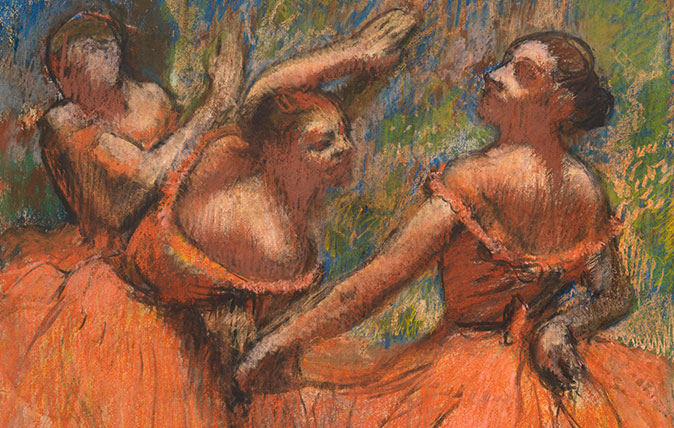
Credit: Hilaire-Germain-Edgar Degas - The Burrell Collection, Glasgow © CSG CIC Glasgow Museums Collection
In Focus: The Degas painting full of life, movement and 'orgies of colour'
Lilias Wigan takes a closer look at one of the key work's at the Degas exhibition at the National Gallery
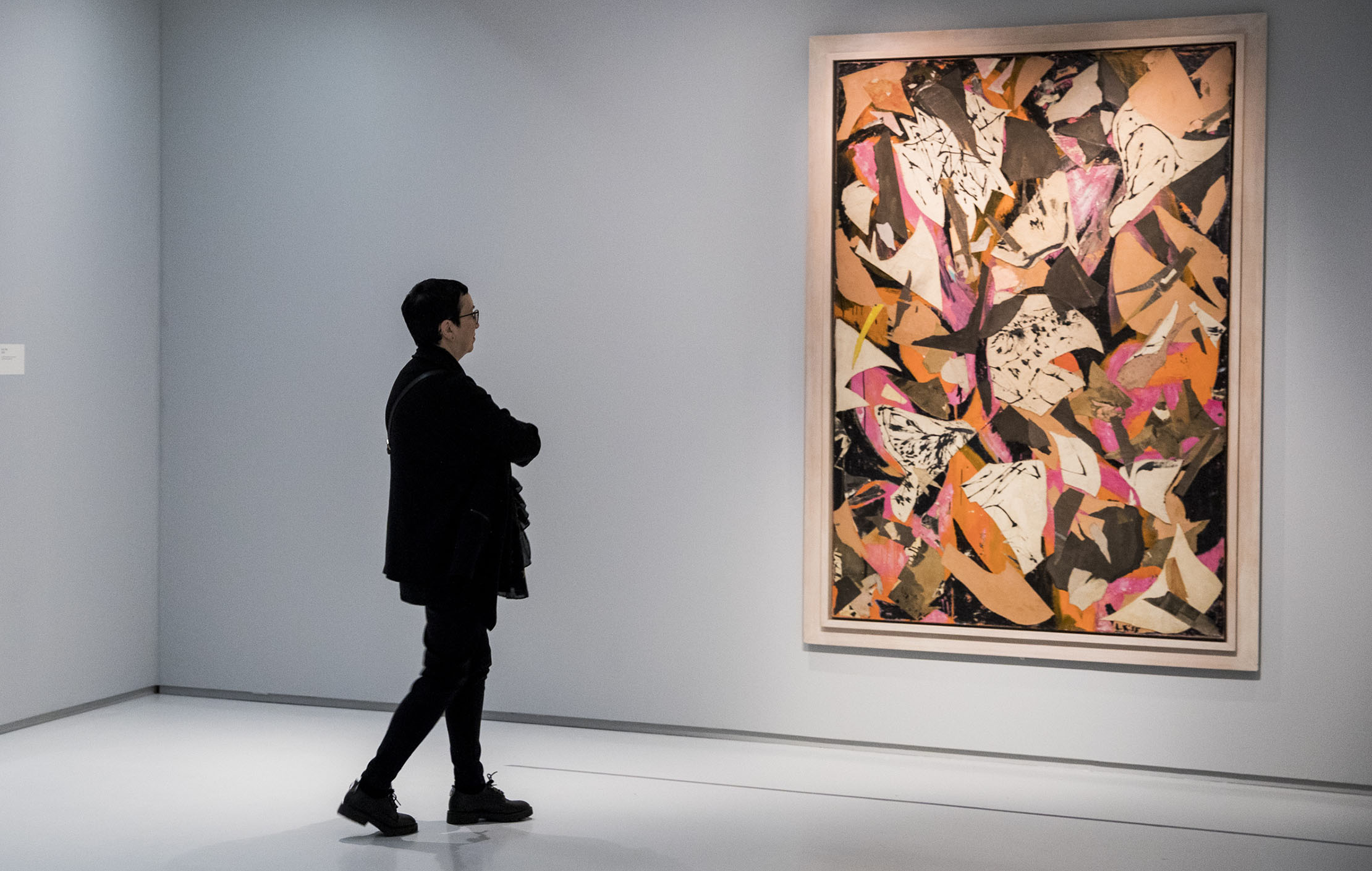
In Focus: The Bald Eagle, America's symbol, 'torn apart, deranged and fragmented' by Lee Krasner
Lee Krasner's bold work is the subject of an exhibition at The Barbican. Lilias Wigan paid a visit, and focuses
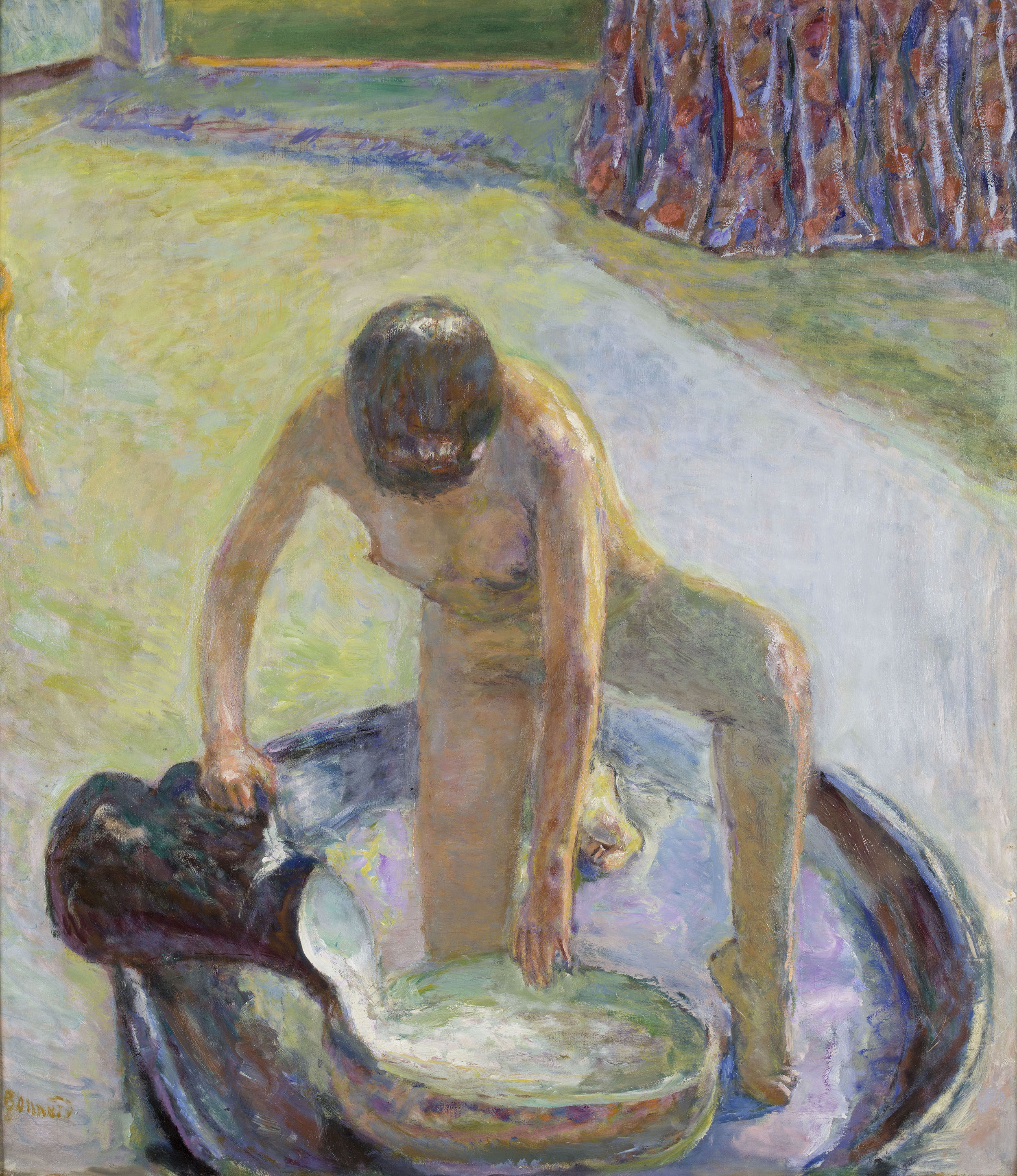
In Focus: How Pierre Bonnard used photography to help him paint pictures that would once have been near-impossible
The mysterious French artist Pierre Bonnard is the focus of a new exhibition at Tate Modern. Lilias Wigan went along.
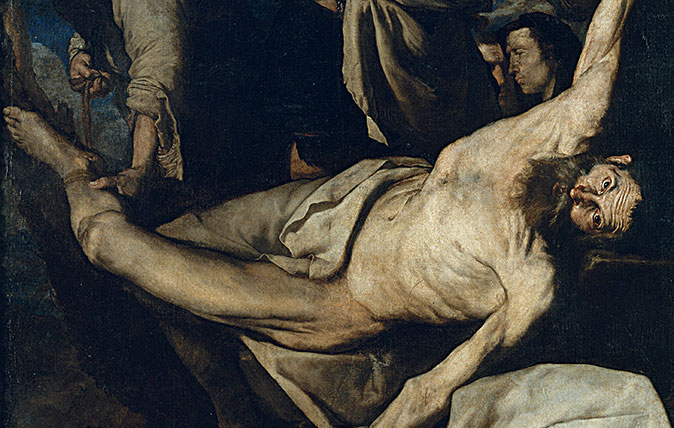
In Focus: The Spanish painter whose visceral depictions of martyrdom still have the power to shock
The unflinching representations of brutality in Jusepe de Ribera's images of martyrdom is the focus of a new exhibition, the
-
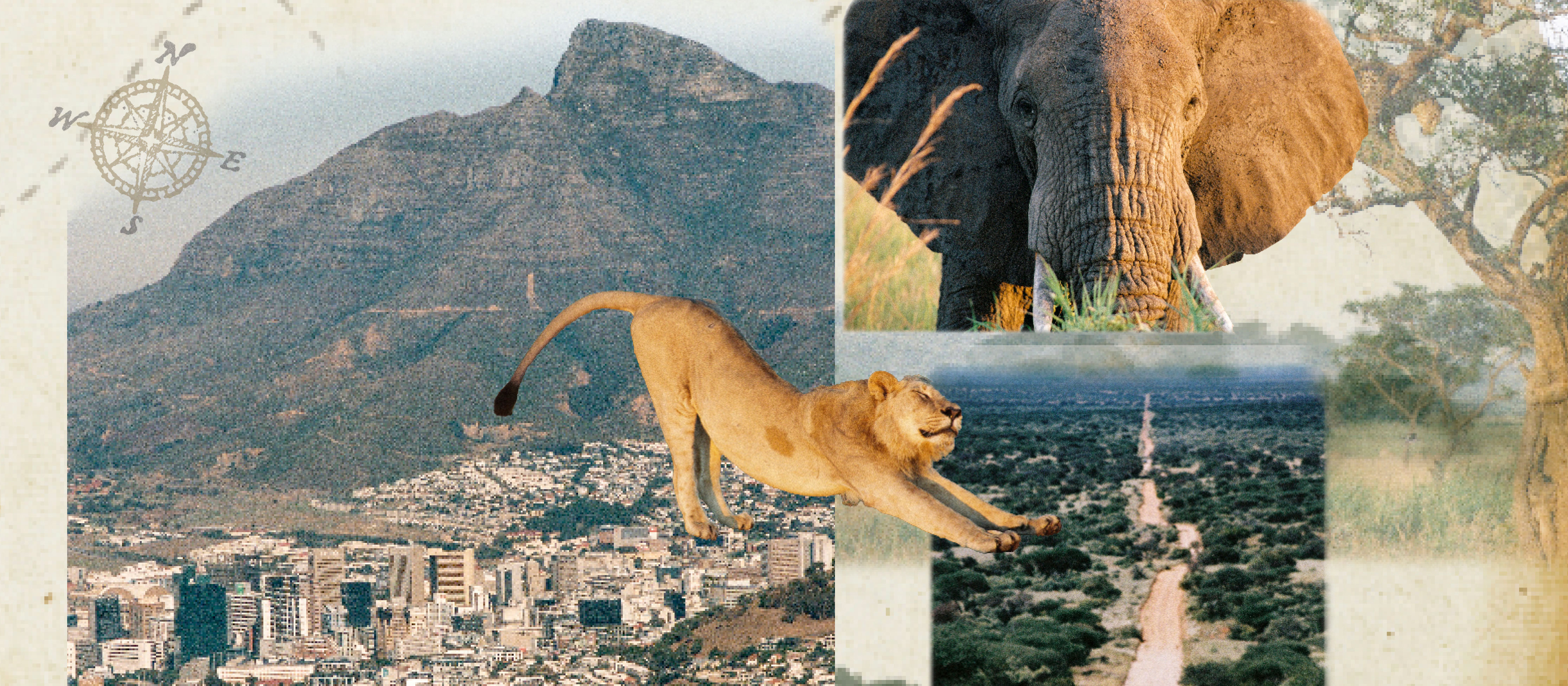 Vertigo at Victoria Falls, a sunset surrounded by lions and swimming in the Nile: A journey from Cape Town to Cairo
Vertigo at Victoria Falls, a sunset surrounded by lions and swimming in the Nile: A journey from Cape Town to CairoWhy do we travel and who inspires us to do so? Chris Wallace went in search of answers on his own epic journey the length of Africa.
By Christopher Wallace
-
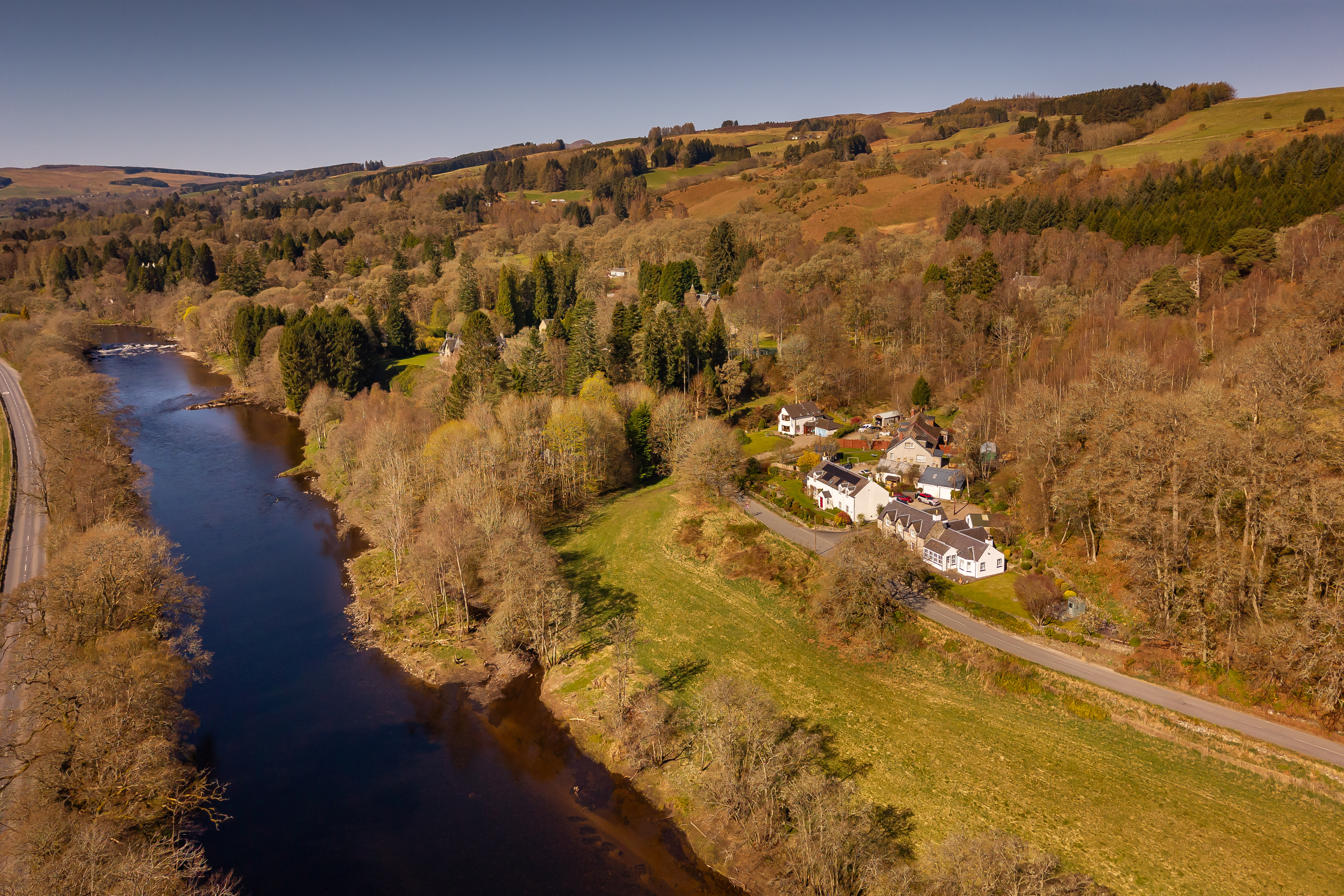 A gorgeous Scottish cottage with contemporary interiors on the bonny banks of the River Tay
A gorgeous Scottish cottage with contemporary interiors on the bonny banks of the River TayCarnliath on the edge of Strathtay is a delightful family home set in sensational scenery.
By James Fisher